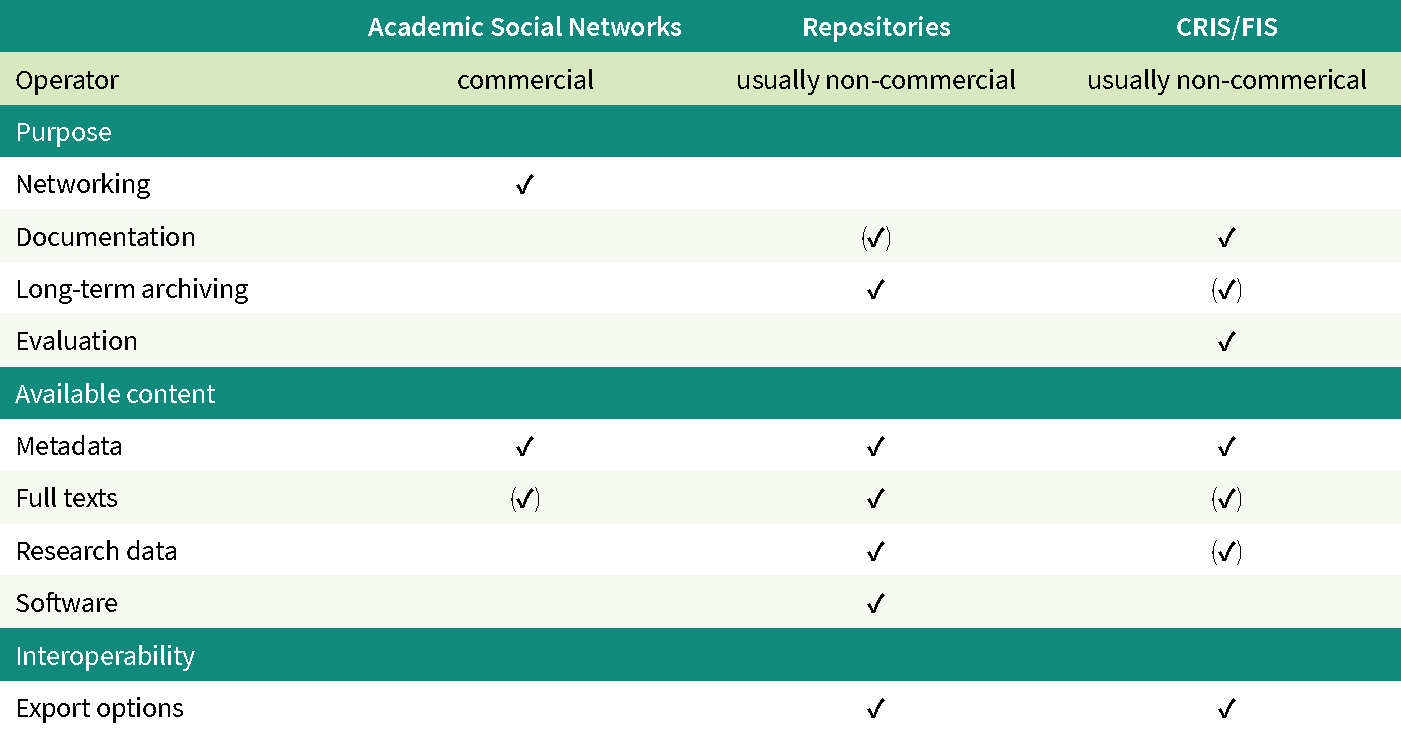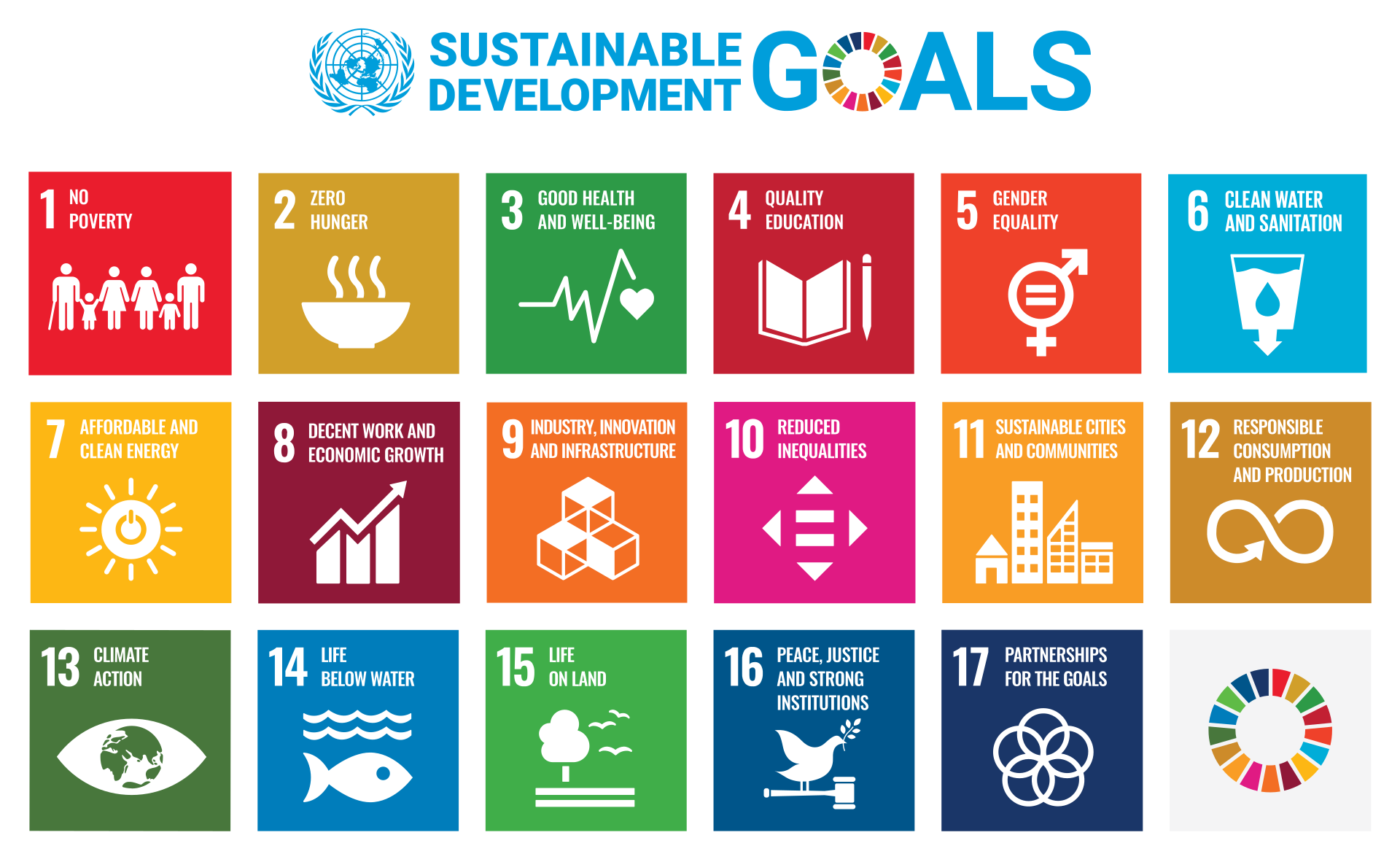Frequently Asked Questions
-
What is a current research information system (CRIS)?
A CRIS (in German FIS) is a database in which the research activities of an institution, such as publications, (third-party funded) projects and other activities, are documented on an ongoing basis.
As a university bibliography, a CRIS thus provides an overview of the scientific achievements of an institution and supplies data for reporting and analysis purposes (intellectual capital report, evaluations, etc.).
An institution's own portal based on this database supports both the visibility of individual researchers and the entire institution for a broad public through appropriate indexing in leading search engines. A CRIS can also serve as a data source for downstream websites (e.g., institute websites) and other systems and platforms (e.g., ORCID). -
What can you find in u:cris?
u:cris is the research information system of the University of Vienna, it includes:
- Researchers
- Organisational units
- Profile information: Research interests, research areas, etc.
- Third-party funded projects: Funding applications and grants
- Publications: Articles, book contributions, monographs, films, etc.
- Activities: talks and presentations, memberships, editorships, etc.

-
How is u:cris data used?
-
What are the differences between a CRIS/FIS, an Academic Social Network and a repository?
Academic Social Networks connect researchers with common or similar interests and give a feeling of "Facebook or LinkedIn for the academic community". The best-known commercial services of this kind are ResearchGate and Academia.edu.
The University of Vienna recommends the use of repositories and CRIS/FIS to present one's own research output. Academic Social Networks can then be used in combination with these as "landing pages" to link from there to a u:cris-profile or an ORCID record.
Repositories are mostly servers operated at universities or research institutions on which scientific resources (publications, digitised objects/resources, research data, software, metadata, etc.) are archived and usually made freely accessible worldwide without a login barrier.
- PHAIDRA is the repository of the University of Vienna: phaidra.univie.ac.at
- u:scholar is a separate area within PHAIDRA and contains exclusively scientific publications: uscholar.univie.ac.at
- AUSSDA is the discipline-specific repository of the University of Vienna for social science data: aussda.at
Academic Social Networks, repositories and CRIS/FIS in comparison:

-
How do the Sustainable Development Goals (SDGs) fit into the context of u:cris?
The United Nations 2030 Agenda, with its 17 Sustainable Development Goals (SDGs), is a global plan to promote sustainable peace and prosperity and to protect our planet.
Since 2016, all countries have been working to translate this shared vision for fighting poverty and reducing inequalities into national development plans. For more information, visit https://www.uninetz.at/en/sdgs and the United Nations website: https://sdgs.un.org/goals.
To make relevant research in the context of the 17 goals visible, users can assign the keyword group "Sustainable Development Goals" (SDGs) to different content in u:cris. In addition, automatic assignment of the SDGs is available for selected content.
SDGs can be assigned to publications, persons and projects.
-
How do alternative metrics (Altmetrics, PlumX metrics) fit into the context of u:cris?
The u:cris-portal provides the display of alternative metrics/altmetrics on publications. Altmetrics make it possible to track the reception of publications outside of the classic citation in other scientific publications.
Based on publication metadata such as the DOI, the u:cris-portal uses information from the two alternative metrics providers altmetric.com and plumanalytics.com via plugins.
If an entry is found at one of the alternative metrics providers via the plugin, the display of publications in the portal is enhanced by the corresponding visualisation with an underlying link to the record at Altmetrics/PlumX.
